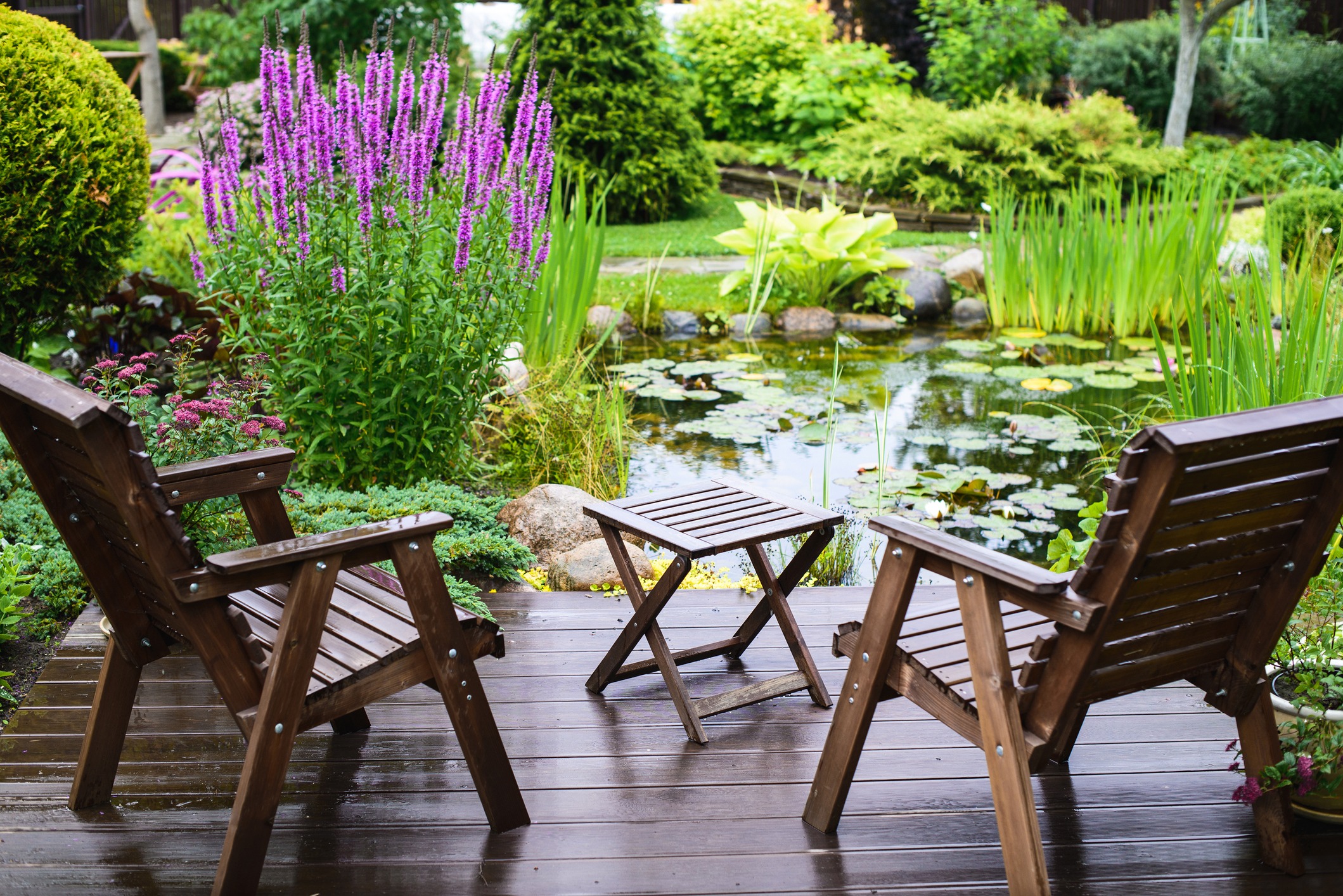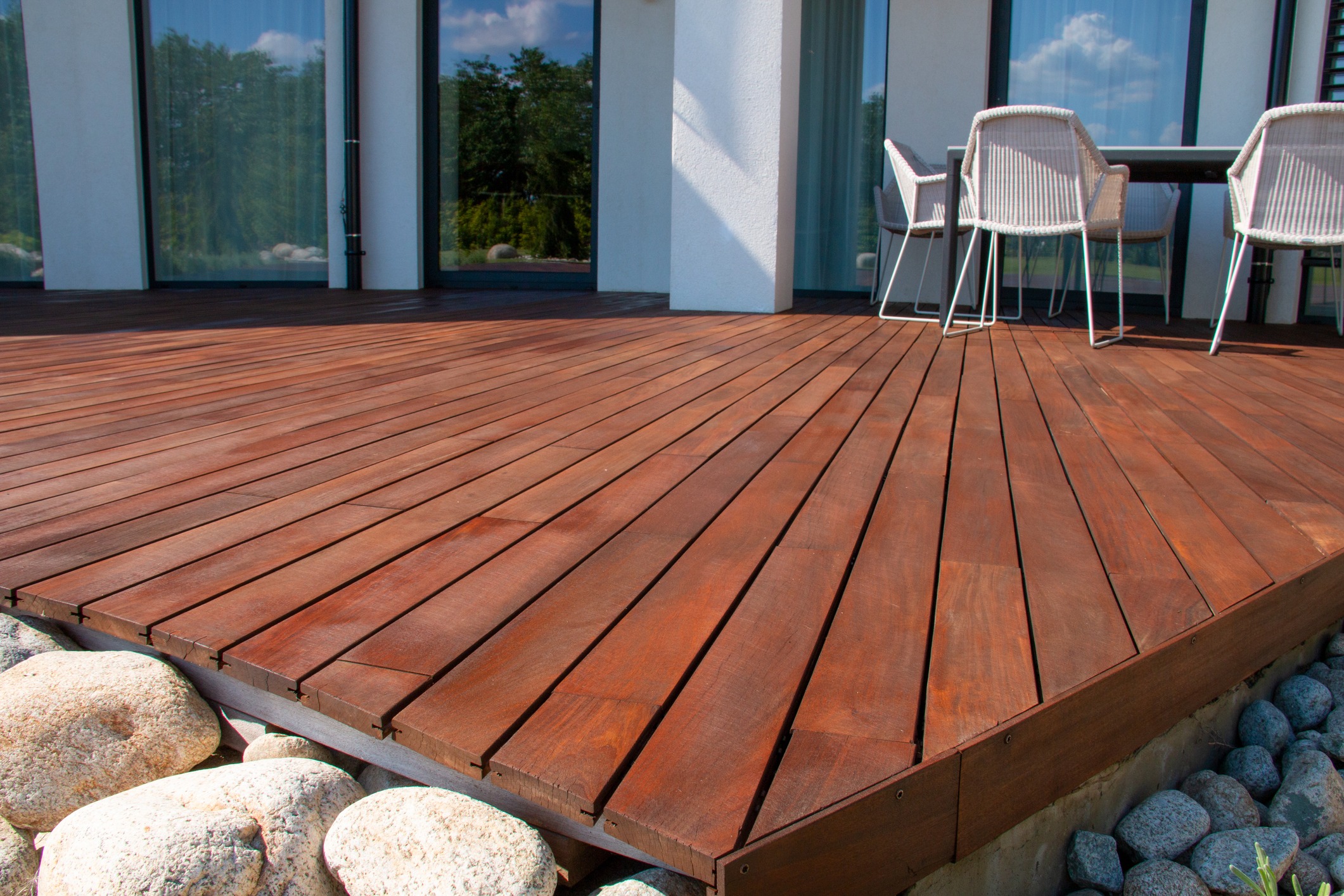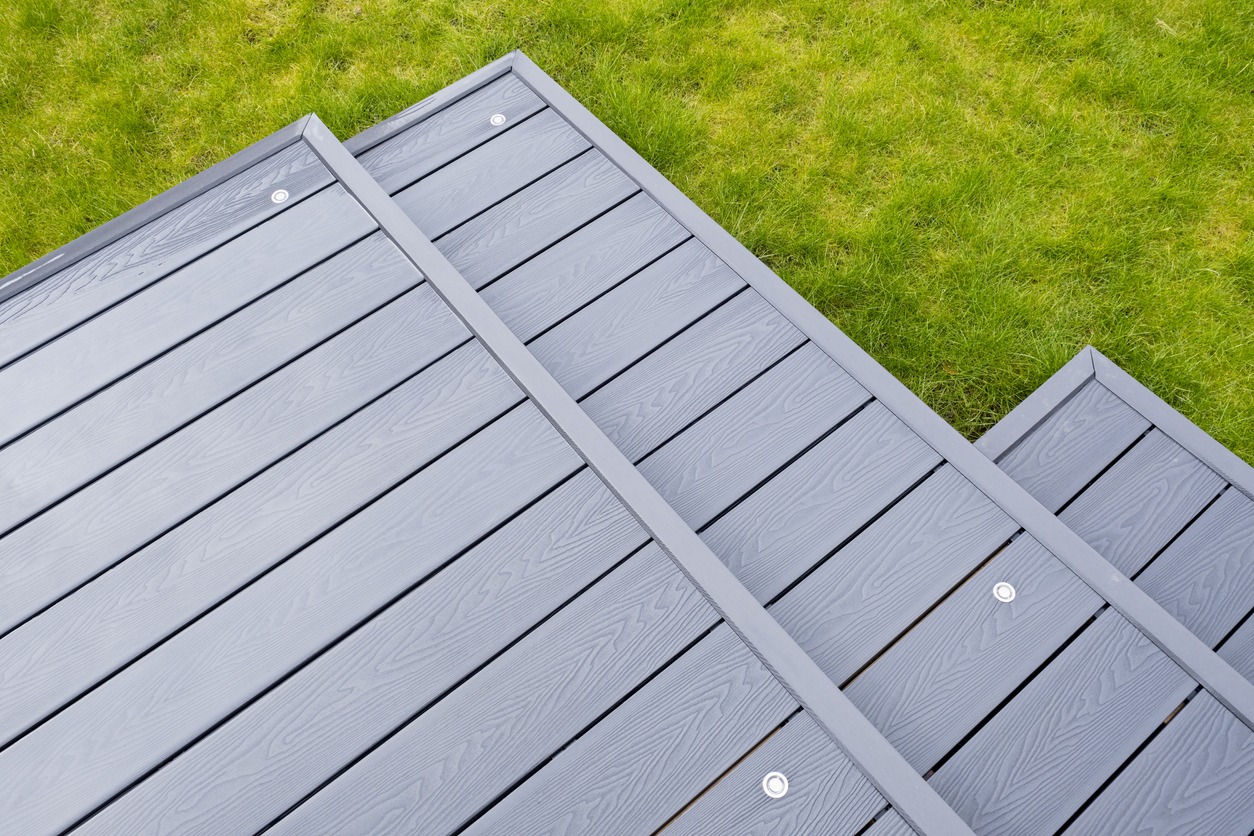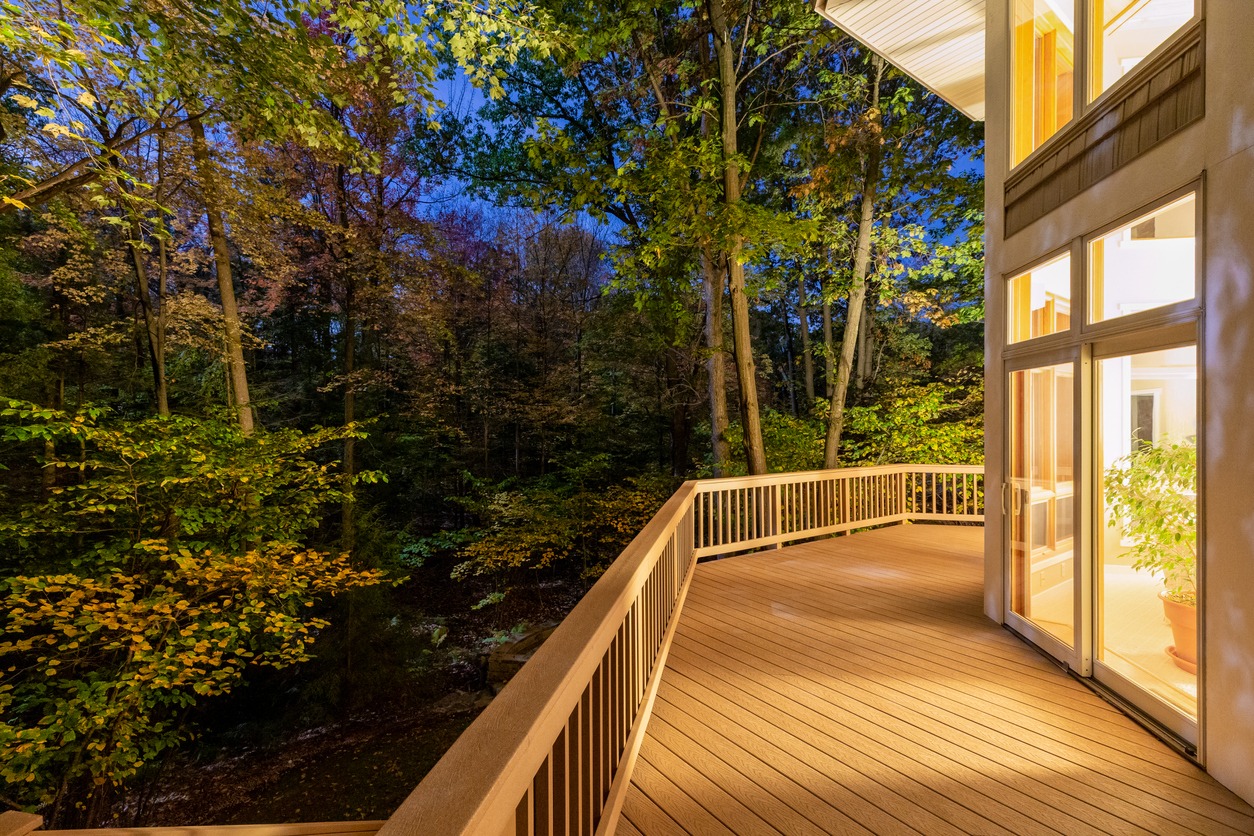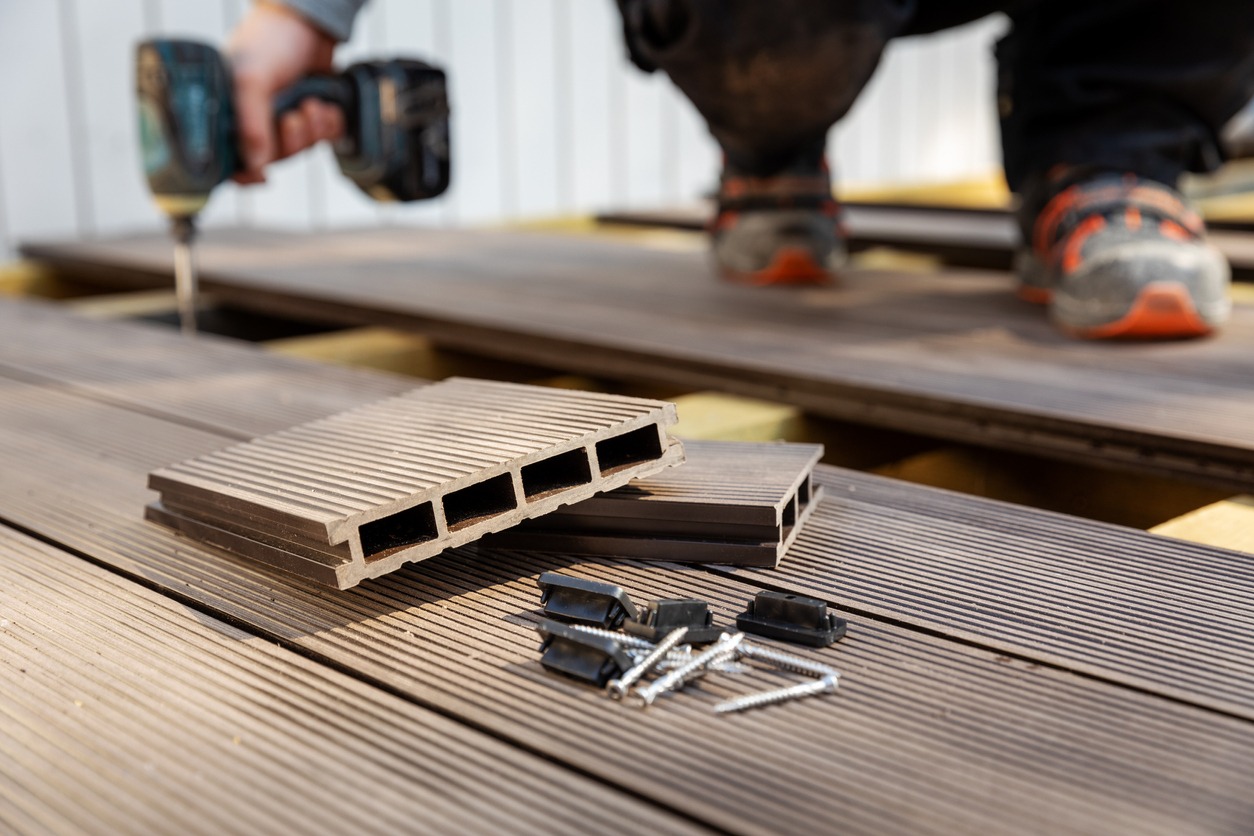As homeowners become increasingly environmentally conscious, eco-friendly and sustainable decking options have gained popularity. These greener choices for outdoor living spaces offer an opportunity to enjoy comfort and style while minimizing ecological impact. Sustainable decking is typically made from materials that are either recycled, responsibly harvested, or have a reduced effect on the environment. This approach to construction not only conserves natural resources but also often results in durable and low-maintenance alternatives to traditional wood decks.
Eco-friendly decking materials, such as composite made from recycled plastic and reclaimed wood, address various environmental concerns. By repurposing waste into functional outdoor structures, these composites decrease the demand for new materials and reduce the amount of waste sent to landfills. For those who prefer the natural look and feel of wood, options like certified sustainably harvested wood or reclaimed wood provide the desired aesthetics without the same level of environmental degradation associated with conventional wood decking. The selection of materials extends beyond just the decking itself; environmentally sound choices are also available for deck stains, sealers, and even the structural supports.
Understanding Sustainable Decking
Sustainable decking involves the use of materials and practices that are environmentally responsible and resource-efficient throughout a deck’s life cycle. Recognizing sustainable options is key to reducing a deck’s environmental impact and supporting a sustainable future.
Eco-Friendly Materials
When constructing decks, choosing eco-friendly materials is vital for minimizing ecological footprint. Sustainable materials include:
- Wood: Look for woods that are certified by the Forest Stewardship Council (FSC), which ensures that products come from responsibly managed forests that provide environmental, social, and economic benefits.
- Composite materials: These usually contain a mix of recycled plastic and wood fibers. For example, Trex decking comprises approximately 95% recycled materials, which promotes a cycle of reusability.
Materials not only should be recyclable but also sourced to reduce impacts like deforestation and pollution.
Sustainability Certifications
Certifications help consumers identify products that meet rigorous sustainability standards. Key certifications include:
- FSC Certification: Assures that the wood used is harvested sustainably.
- Leadership in Energy and Environmental Design (LEED): A point-based rating system where materials can contribute to a building’s certification for green construction practices.
Selecting materials with these certifications supports responsible stewardship of natural resources.
Comparing Decking Lifespans
The lifespan of a deck contributes to its sustainability. Options include:
- Natural Wood: Requires maintenance but can last decades if well-maintained.
- Composite Decking: Often has a longer lifespan due to its resistance to rot, insects, and weather. Its durability means less frequent replacement, which is beneficial for the environment.
In summary, sustainable decking encompasses the use of eco-friendly materials, adherence to sustainability certifications, and the selection of durable products to extend the lifespan of decks and reduce replacement needs.
Types of Eco-Friendly Decking Materials
Choosing eco-friendly decking materials means considering options that reduce environmental impact. These materials typically require less energy to produce, can be sourced sustainably, or are made from recycled components.
Wood and Composite Options
Natural Wood: Harvested responsibly, wood is a renewable resource with a lower carbon footprint. Certain species, like redwood or some tropical hardwoods, are especially durable and rot-resistant. Consumers should look for certifications from organizations like the Forest Stewardship Council (FSC) to ensure the wood is sourced sustainably.
Composite Decking:
- Composition: A mixture of wood fibers and recycled plastics.
- Pros: It combines the aesthetic of wood with enhanced durability and less maintenance.
- Cons: Some composites have a higher initial environmental impact during manufacturing, but this can be offset by their longer lifespan and recyclability.
Recycled Plastic Decks
Recycled Plastic Decking:
- Materials: Uses post-consumer or post-industrial plastics.
- Benefits: Does not require staining or painting and is highly resistant to rot, mold, and insects.
- End of Life: These decks can be recycled again, extending the lifecycle of the plastic materials used.
Alternative Decking Materials
Bamboo Decking:
- Sustainability: Often considered a grass, bamboo grows quickly, making it a highly renewable resource.
- Durability: Less prone to warping than traditional wood and highly resistant to insects and moisture.
Aluminum Decking:
- Properties: Non-combustible, recyclable, and requires minimal upkeep.
- Cool Factor: Reflects sunlight and stays cooler than many other materials, a benefit in hot climates.
Costs and Value of Sustainable Decking
When considering sustainable decking options, homeowners weigh the upfront costs against the long-term benefits. Sustainable materials often come with different pricing and longevity than traditional decking, affecting both initial investment and potential savings over time.
Initial Investment vs Long-Term Savings
The initial investment in sustainable decking materials can be higher than traditional wood. However, materials like composite decking, which blends recycled plastics with wood fibers, often require less maintenance and have greater durability. They don’t need staining, sealing, or painting and resist warping, which translates to savings on maintenance costs and replacement over the life of the deck.
Long-term value also comes from the sustainability angle—using eco-friendly materials can increase a home’s attractiveness to buyers who prioritize environmental responsibility, potentially increasing the home’s resale value.
Decking Material Costs Comparison
| Material Type | Initial Cost | Maintenance Cost (Annual) | Longevity
|
|---|---|---|---|
| Natural Wood | $ | $$ | 10-15 years |
| Composite | $$ | $ | 25-30 years |
| Plastic | $$ | $ | 20-25 years |
| Aluminum | $$$ | $ | 30+ years |
Note: Cost symbols denote relative expenses with $ being the least expensive and $$$ the most expensive.
While natural wood is often the least expensive upfront, over time its maintenance needs can make it as costly, if not more so, than other options. Composite and plastic decking represent a higher upfront cost but offer reduced maintenance needs. Aluminum decking is the most costly upfront but offers exceptional longevity with minimal upkeep.
By choosing sustainable materials like composite decking or responsibly sourced wood, consumers can achieve both environmental benefits and financial value. The longevity and low maintenance of these materials can offset the higher initial costs, making them a sound investment in the long run.
Environmental Impact of Decking Choices
When selecting materials for deck construction, understanding the environmental repercussions is crucial. Recognizing how choices affect waste production, landfill contribution, and deforestation is fundamental to opting for a more sustainable and eco-friendly approach.
Reducing Waste and Landfills
Choosing sustainable materials for deck building can dramatically reduce the amount of waste sent to landfills. Composite decks, for instance, are made from a blend of wood fibers and recycled plastics, significantly extending their lifespan compared to traditional wood decks. This not only minimizes landfill contribution but also repurposes plastics that would otherwise contribute to waste. To further understand the impact, consider the following data:
- Recyclable Content: Composite decking typically contains over 90% recycled content.
- Durability: These decks often come with warranties of 25 years or more, decreasing the frequency of replacement.
- End-of-Life Options: Composite decking can be recycled at the end of its service life, while natural wood can decompose or be repurposed as mulch.
Deforestation and Sustainable Forestry
Deforestation is a significant environmental concern, with broad impacts ranging from the loss of biodiversity to increased greenhouse gases. In decking, the choice of wood is pivotal:
- Sustainably-Sourced Wood: Selecting FSC certified wood ensures that the lumber is harvested from forests where sustainable practices are in place.
- Impact on Deforestation: Responsible sourcing can help combat deforestation, ensuring that trees are replanted and forest ecosystems are maintained.
- Alternatives to Wood: For a reduced impact on forests, consider materials like bamboo or wood alternatives that have a lower ecological footprint.
In constructing eco-friendly decking, it is imperative to consider these environmental factors to ensure a more sustainable future.
Maintenance and Durability of Eco-Friendly Decks
Eco-friendly decks are favored not only for their environmental benefits but also for their long-lasting nature and ease of upkeep. Owners of such decking systems can anticipate enduring quality with regular attention to maintenance practices.
Composite Deck Maintenance
Composite decking is a blend of wood fibers and recycled plastics, making it a sturdy, low-maintenance eco-friendly option. Owners should perform periodic cleaning to keep the deck looking its best – a simple mixture of soap and water is often sufficient to remove dirt and debris. Manufacturers often offer a range of cleaning products specifically formulated for composite decking. To maintain its appearance and longevity, avoiding harsh chemicals is crucial. One should inspect the deck annually for any signs of damage and follow the manufacturer’s guidelines to utilize appropriate sealers or stains that can offer added protection against the elements.
Natural Wood Deck Care
Natural wood decking requires more traditional maintenance to sustain its durability and visual aesthetic. Homeowners should clean their wood decks regularly to prevent the buildup of mildew or mold. Annual treatments with eco-friendly sealers and stains are necessary to protect the wood from UV damage and moisture. Use of appropriate products helps in minimizing the frequency of repairs and extends the lifespan of the deck. It is also important to check for splinters or loose boards annually, addressing any issues promptly to preserve the deck’s safety and integrity.
Designing Your Sustainable Deck
In creating a sustainable deck, one must balance aesthetic appeal with innovative eco-friendly features. The process involves selecting materials and designs that not only look good but also contribute to environmental conservation.
Aesthetic Appeal and Functionality
A well-designed deck should seamlessly blend with the outdoor space, complementing the household’s existing aesthetic. Sustainable decking materials, such as recycled composite woods or sustainably sourced hardwoods like cedar or redwood, offer varied color and texture options that enhance the overall design. For functionality, homeowners should consider the layout of the deck, which should logically connect to the living areas it serves. Features like stairs or planters made from the same eco-friendly materials can be incorporated for consistency. With thoughtful design, elements such as railings and footings can also contribute to the visual appeal of the deck while ensuring safety and longevity.
- Materials: Sustainable hardwood or composite
- Features: Railings, stairs, planters
- Layout: Connects with indoor living spaces
Innovative Eco-Friendly Features
Beyond materials, sustainable decking includes innovative features that cater to eco-friendliness. Deck drainage systems can be installed to minimize water waste, while solar-powered lighting can enhance the usability of the deck after sundown without increasing the carbon footprint. Eco-friendly decks often feature reclaimed or recycled materials for both the deck surface and accessories like benches or railings. Homeowners should also consider the impact of footings and structures on the ground below, opting for less invasive methods that promote natural water drainage and reduce land disturbance.
- Water Conservation: Deck drainage systems
- Energy Efficiency: Solar-powered lighting
- Recycling: Use of reclaimed materials
Installation and Building Techniques for Sustainable Decks
Constructing a sustainable deck involves careful choice of materials and adherence to eco-friendly building practices. The longevity of the deck, the environmental impact of materials, and the efficiency of construction techniques are fundamental considerations.
Deck Building Best Practices
Building a deck to last requires not only the best materials but also a conscientious approach to construction. Sustainable decking should be planned to minimize waste and implemented using techniques that ensure durability:
- Footings: Use helical piers or ground screws to reduce soil disturbance and maintain stability.
- Framework: Opt for pressure-treated wood that is certified as sustainably harvested, safeguarding lumber resources for future generations.
- Fastening: Employ hidden fasteners for composite decks to enhance aesthetic appeal and durability.
- Finishing: Choose water-based, low-VOC sealants and stains to protect the deck and reduce harmful emissions.
Sustainable Construction Materials
The selection of building materials has a significant effect on the sustainability quotient of a deck. Sustainable decks often integrate materials that are eco-friendly and lower the carbon footprint of the build:
- Composite Decks: These are manufactured from a mix of recyclable plastic and wood fibers, offering longevity and low maintenance.
- Wood: Utilize sustainably harvested wood, like cedar or redwood, which can be sourced responsibly to lessen environmental impact.
- Recycled Options: For decking surfaces, consider materials made from 100% recyclable components to ensure that the deck can be repurposed at the end of its life cycle.
- Pressure-Treated Wood: When opting for pressure-treated wood, choose suppliers who use less harmful chemicals to prevent environmental contamination.
In summary, the construction of sustainable decks requires careful consideration of both the techniques used and the materials chosen. Employing best practices and selecting eco-friendly resources can result in a durable, sustainable outdoor space.
The Future of Eco-Friendly Decking
The trajectory of eco-friendly decking is promising, focused on reducing environmental impact while providing sustainable options for outdoor spaces. As awareness of environmental issues increases, manufacturers are placing a higher premium on decking materials that are both sustainable and durable.
Materials: The choice of materials is pivotal for sustainable decking. Composite decking, a blend of wood fibers and recycled plastics, has become a popular choice due to its longevity and low maintenance. In the future, the market expects even more innovation in composites that use bioplastics or fully recycled materials.
Certification: The role of organizations like the Forest Stewardship Council (FSC) is crucial. Wood sourced from FSC-certified forests ensures responsible forest management, which helps minimize the impact on the environment.
Emissions: Production processes are under scrutiny to lower greenhouse gases. The adoption of energy-efficient methods and sourcing from local manufacturers can lead to a substantial reduction in carbon footprints.
Design: Eco-friendly design principles are being integrated into the creation of sustainable decks. This includes plans that allow for maximal longevity, reducing the frequency of replacements.
| Sustainability Aspect | Consideration for Future Decking
|
|---|---|
| Material Sourcing | Recycled content, local supplies |
| Design and Construction | Energy-efficient, durable design |
| Environmental Impact | Reduced greenhouse gas emissions |
| Certification | FSC and similar endorsements |
The demand for green options in outdoor living is spurring the decking industry to evolve. Sustainable decks of the future will likely provide a greener footprint through responsible sourcing, advanced materials, and environmental certifications, all contributing to a sustainable future.

